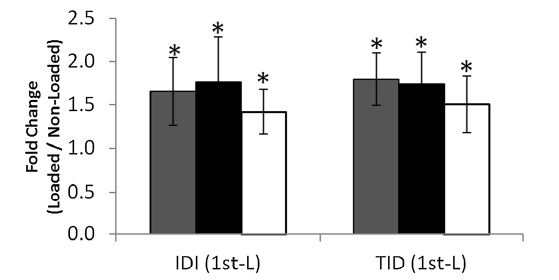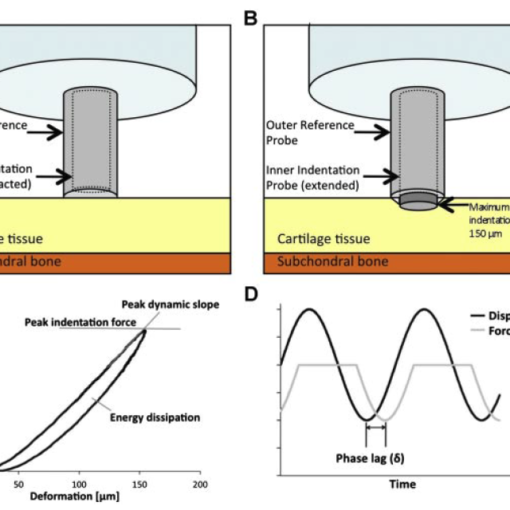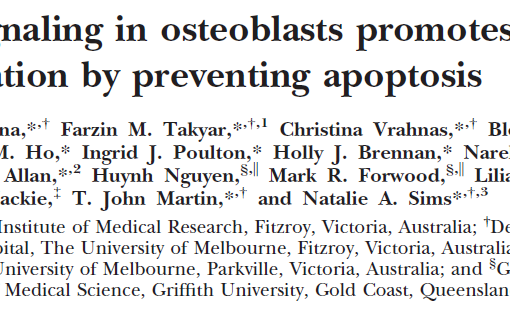Abstract
Angiogenesis and osteogenesis are critically linked, although the role of angiogenesis is not well understood in osteogenic mechanical loading. In this study, either damaging or non-damaging cyclic axial compression was used to generate woven bone formation (WBF) or lamellar bone formation (LBF), respectively, at the mid-diaphysis of the adult rat forelimb. αv β3 integrin-targeted nanoparticles or vehicle was injected intravenously after mechanical loading. β3 integrin subunit expression on vasculature was maximal 7 days after damaging mechanical loading, but was still robustly expressed 14 days after loading. Accordingly, targeted nanoparticle delivery in WBF-loaded limbs was increased compared with non-loaded limbs. Vascularity was dramatically increased after WBF loading (+700% on day 14) and modestly increased after LBF loading (+50% on day 14). This increase in vascularity was inhibited by nanoparticle treatment in both WBF- and LBF-loaded limbs at days 7 and 14 after loading. Decreased vascularity led to diminished woven, but not lamellar, bone formation. Decreased woven bone formation resulted in impaired structural properties of the skeletal repair, particularly in post-yield behavior. These results demonstrate that αv β3 integrin-mediated angiogenesis is critical for recovering fracture resistance after bone injury but is not required for bone modeling after modest mechanical strain.
https://www.ncbi.nlm.nih.gov/pubmed/24644077
J Bone Miner Res. 2014 Sep;29(9):1970-80. doi: 10.1002/jbmr.2223.





